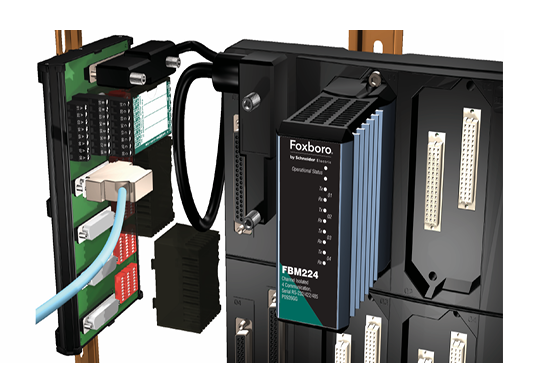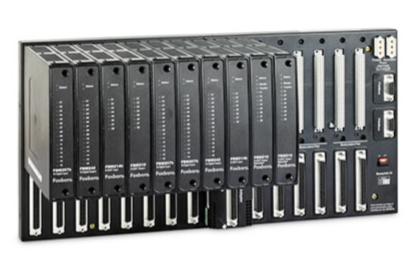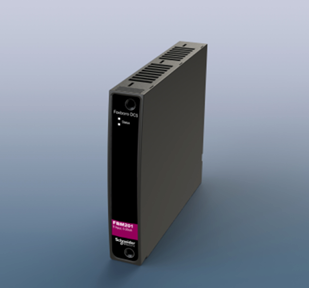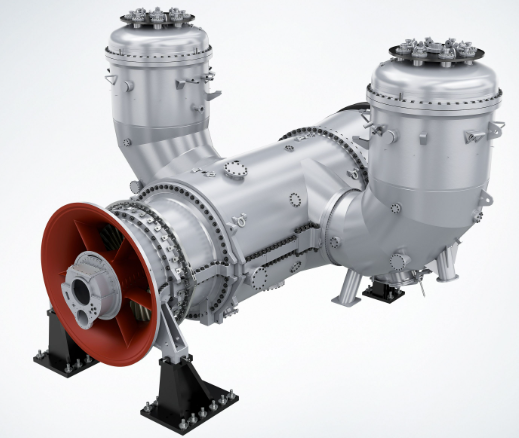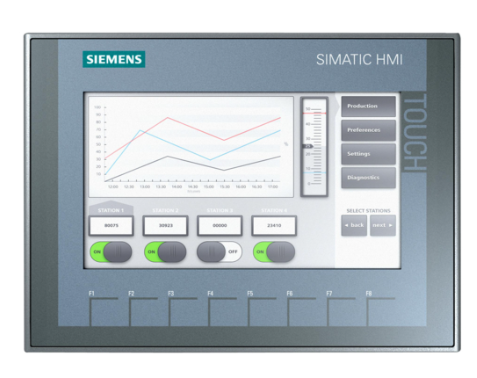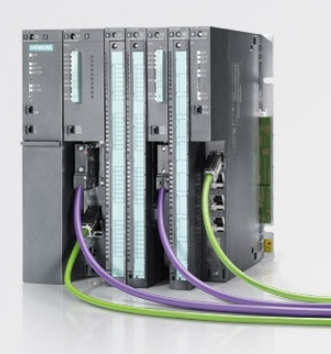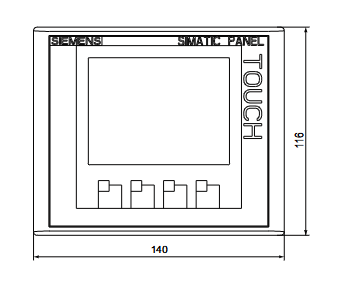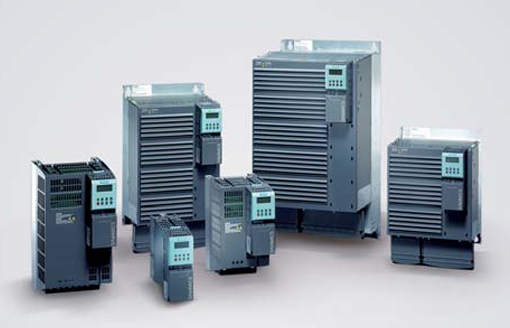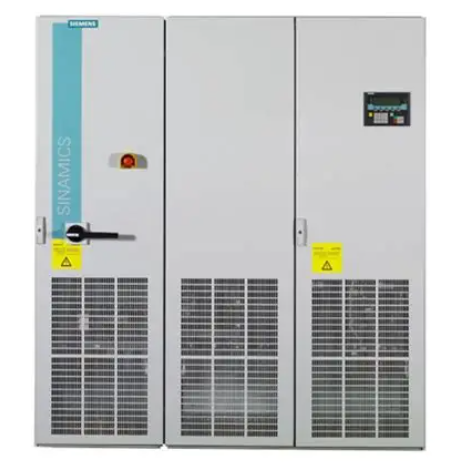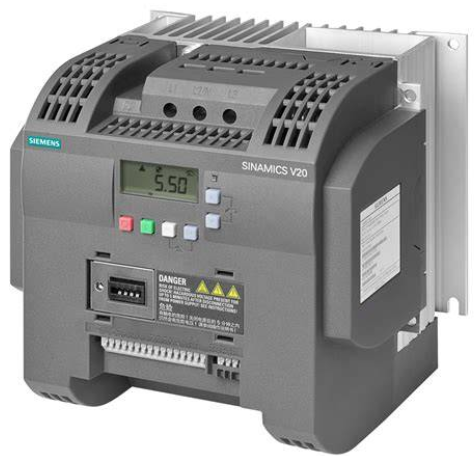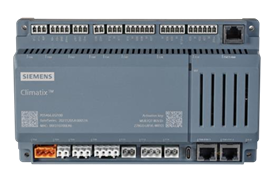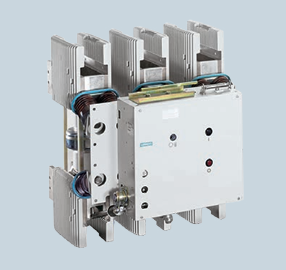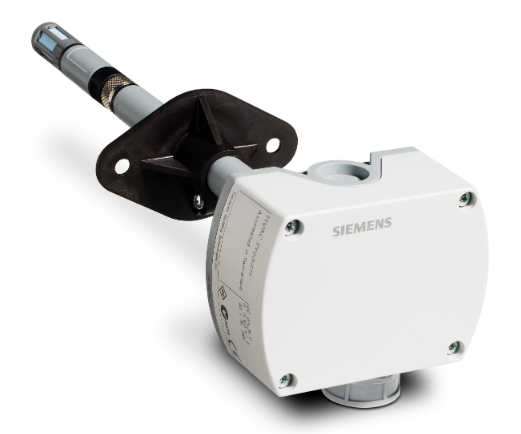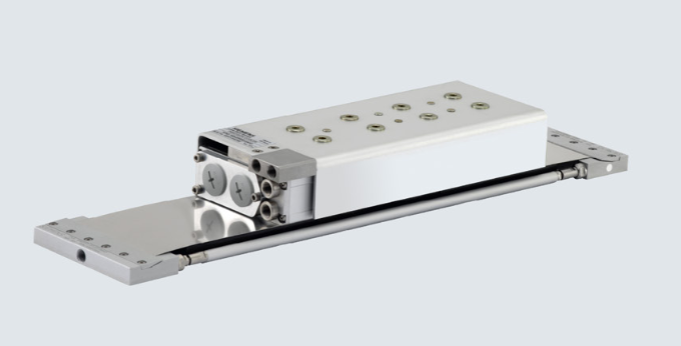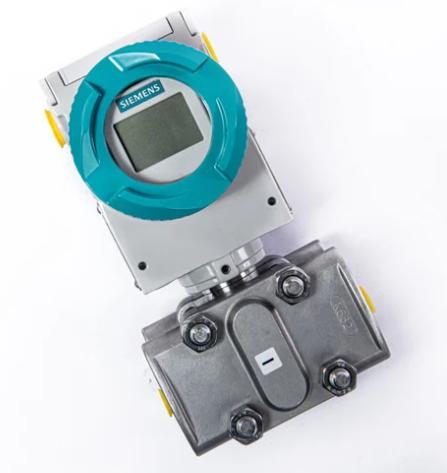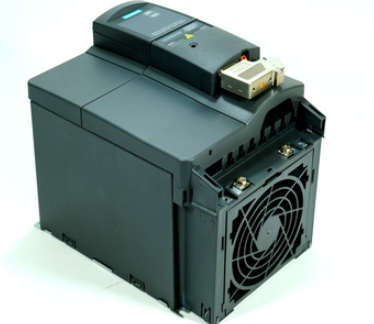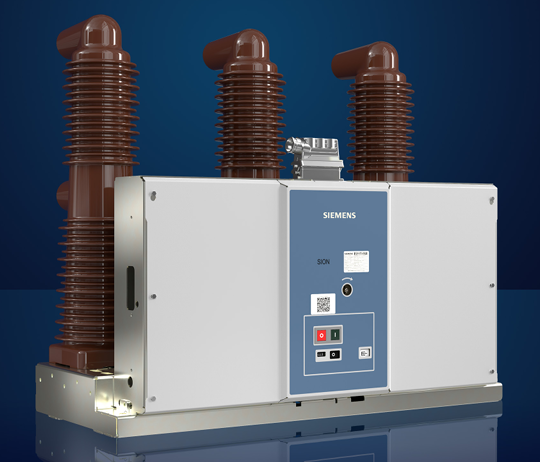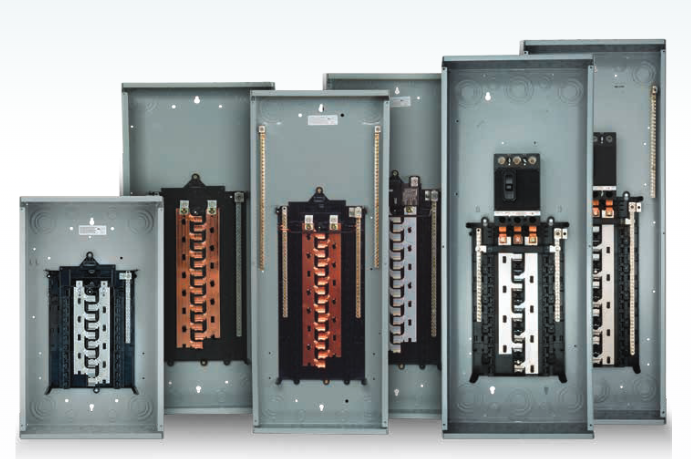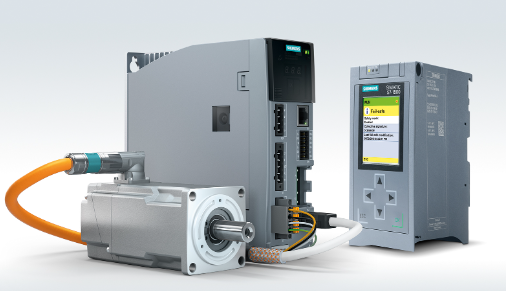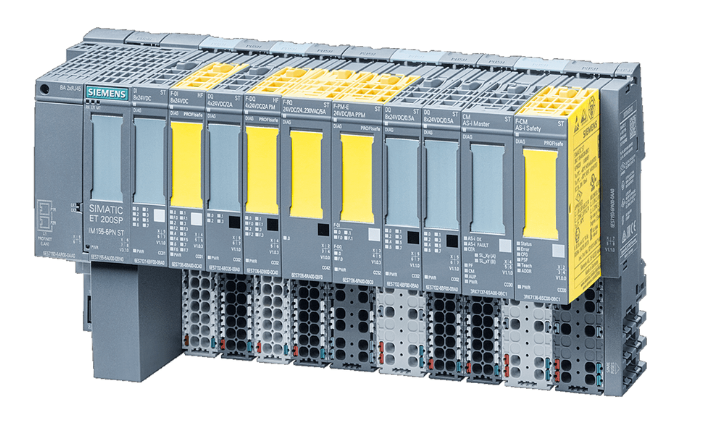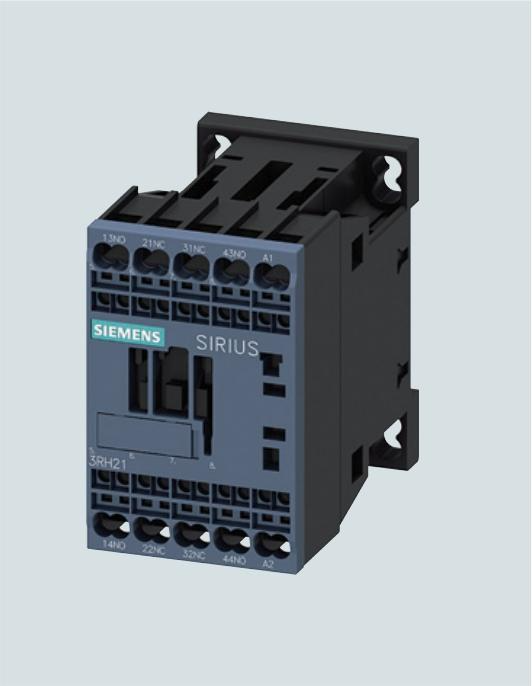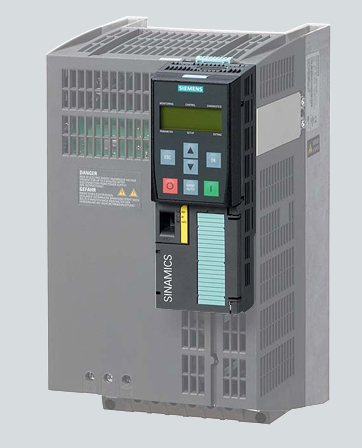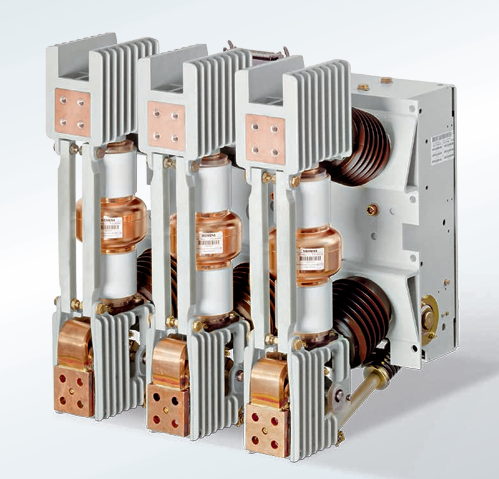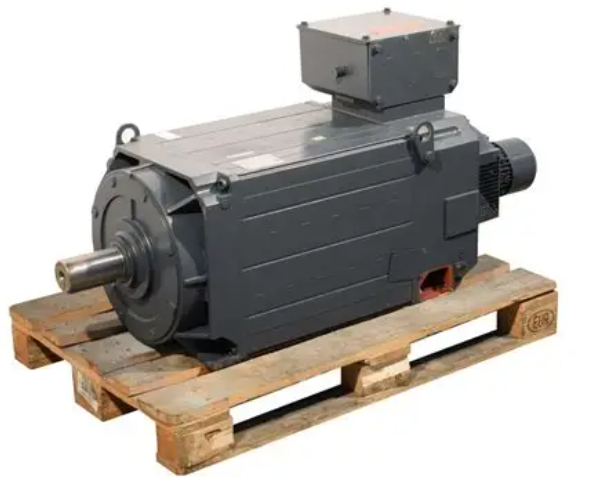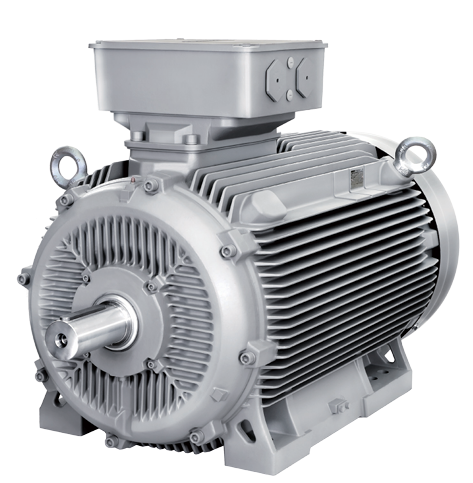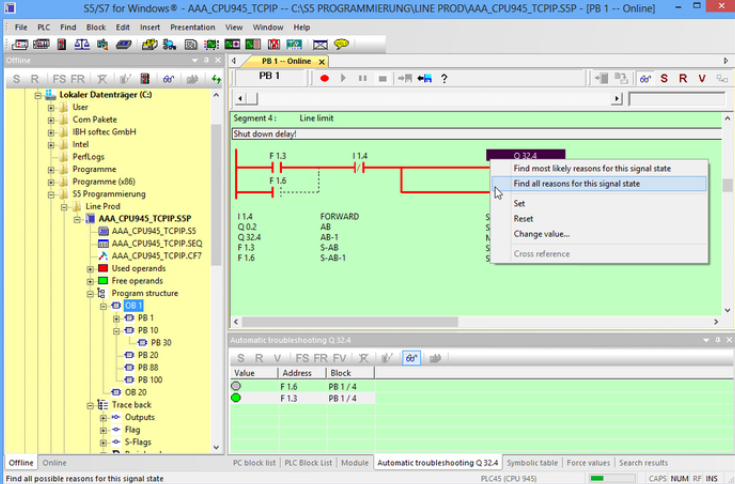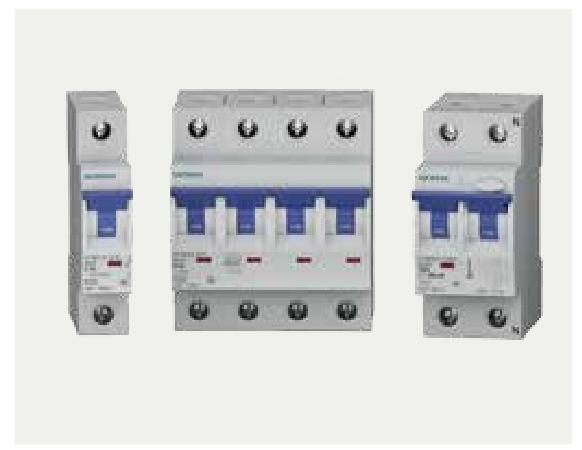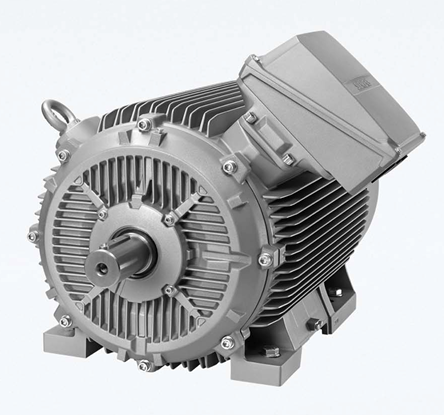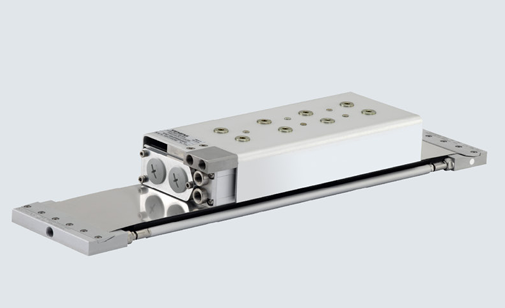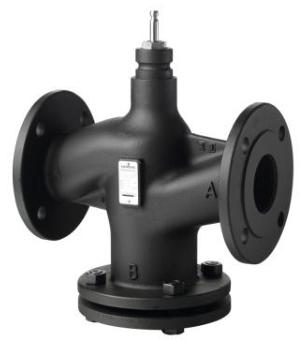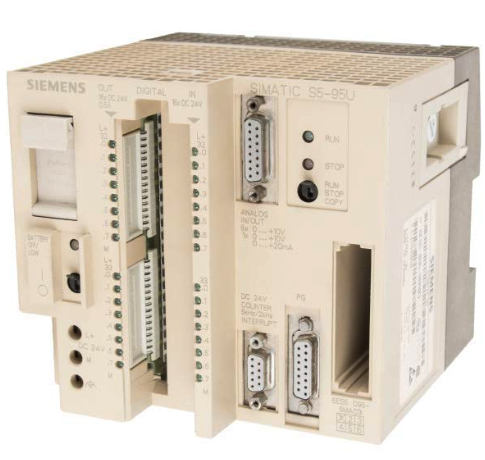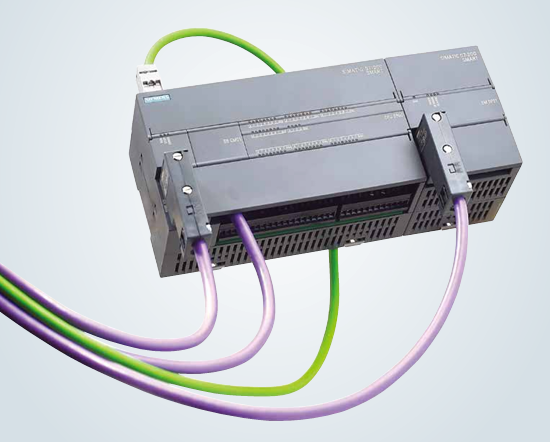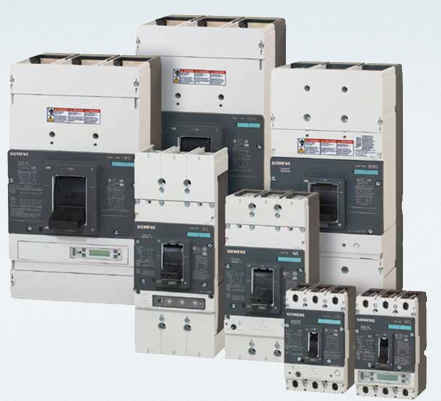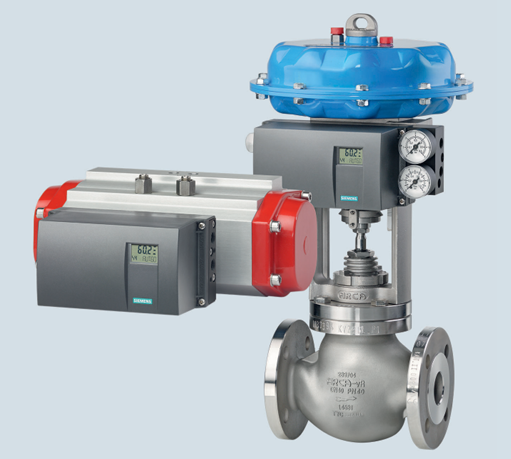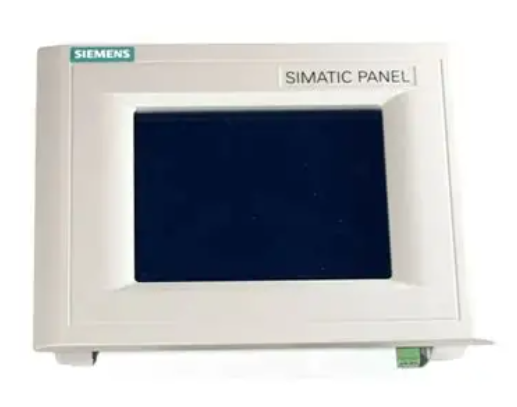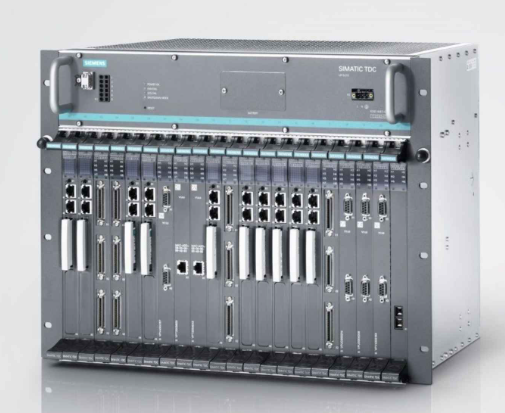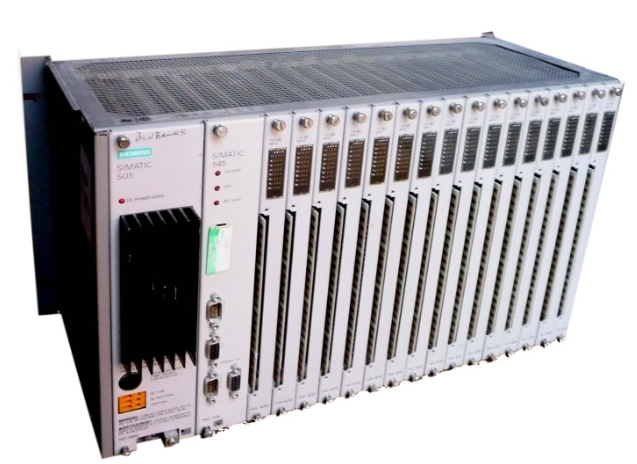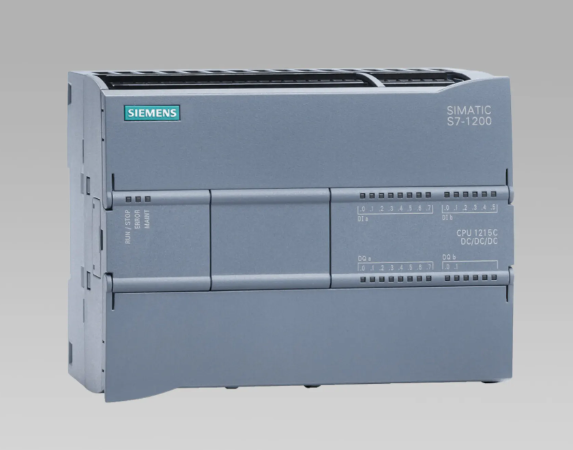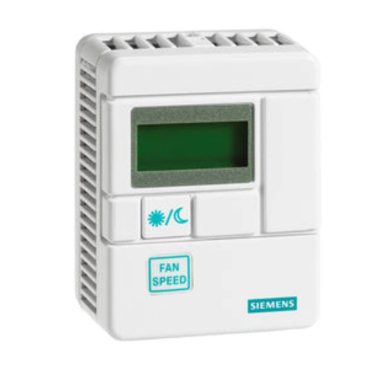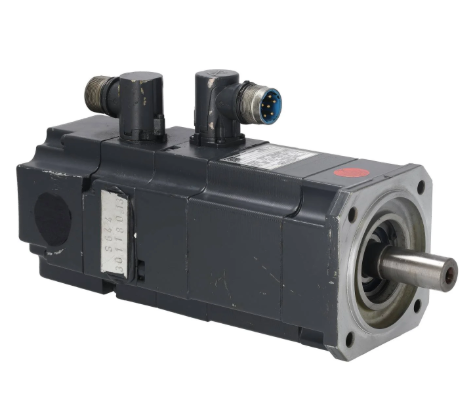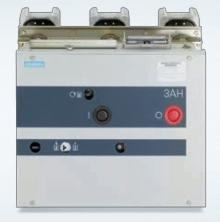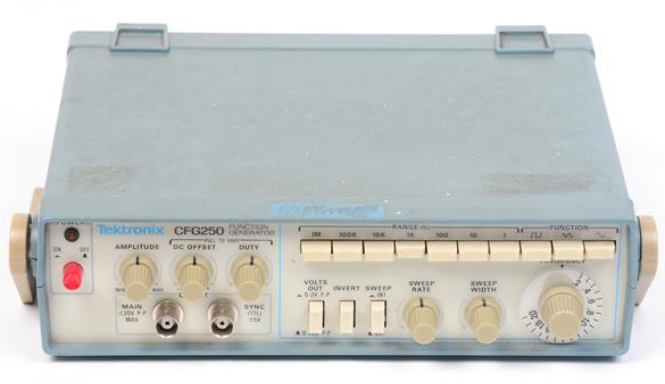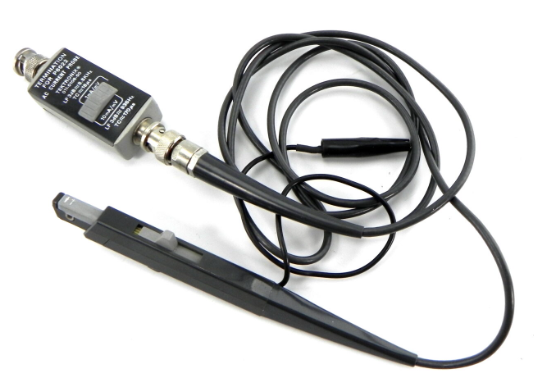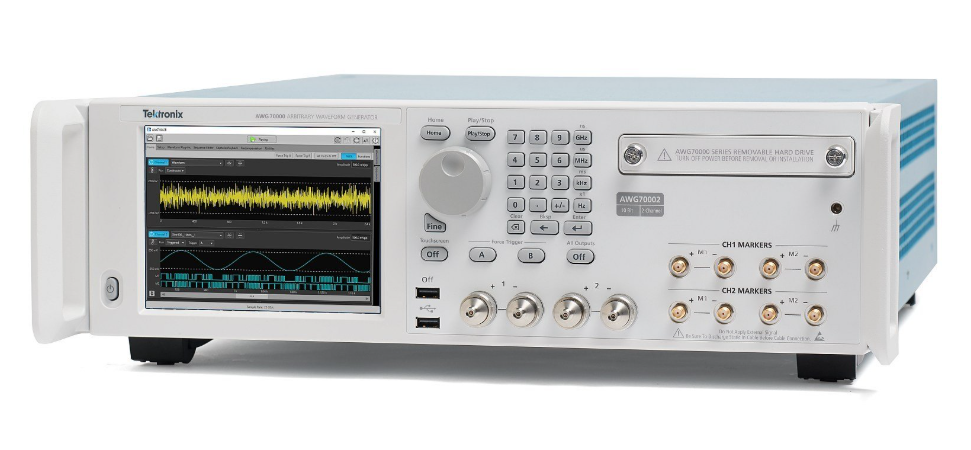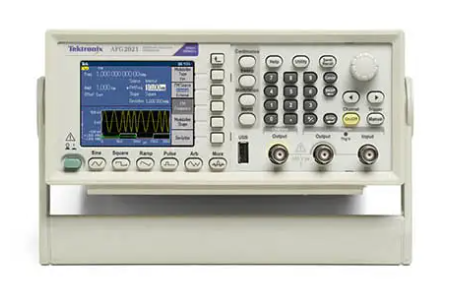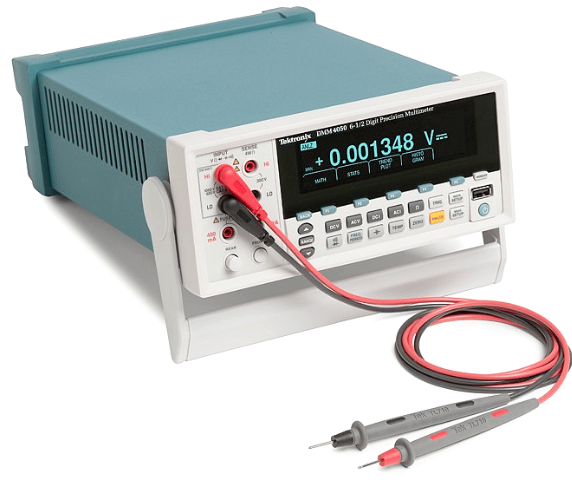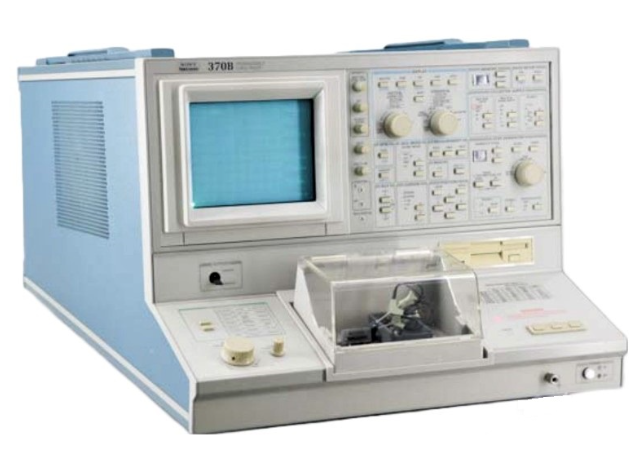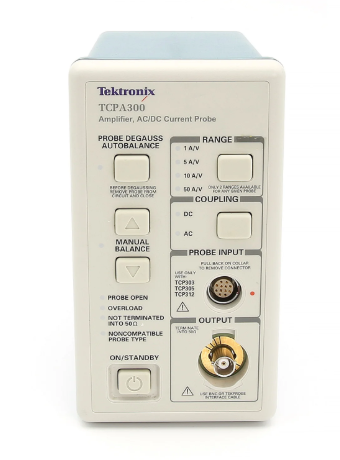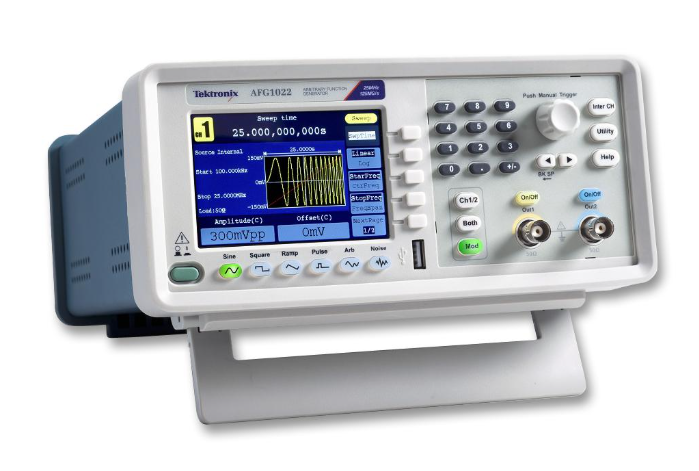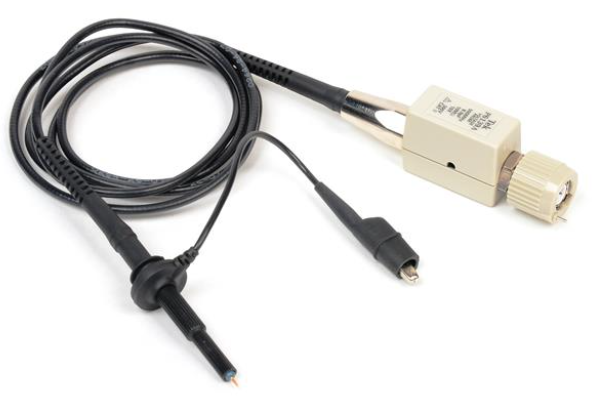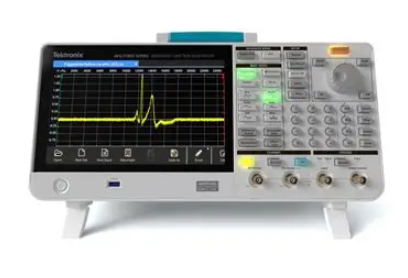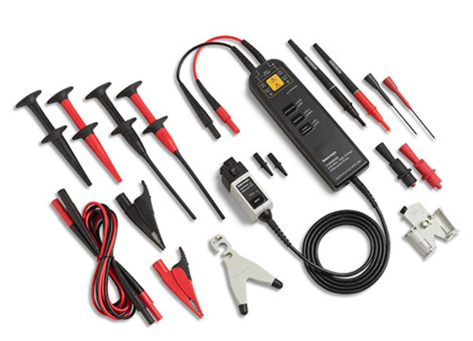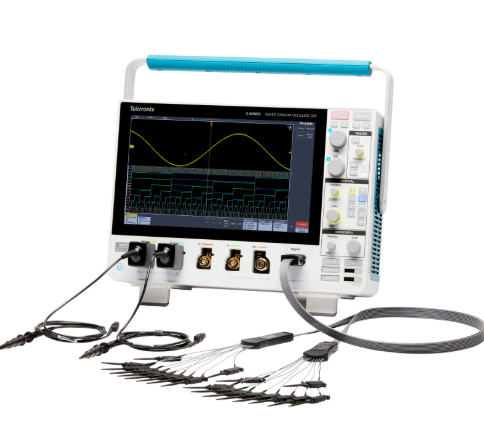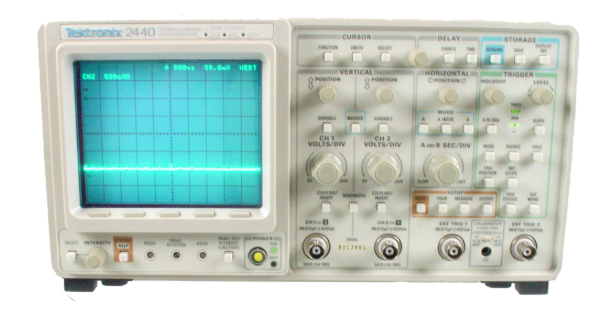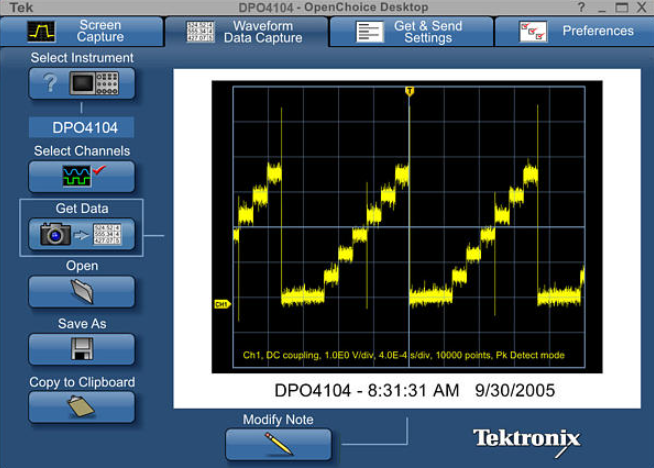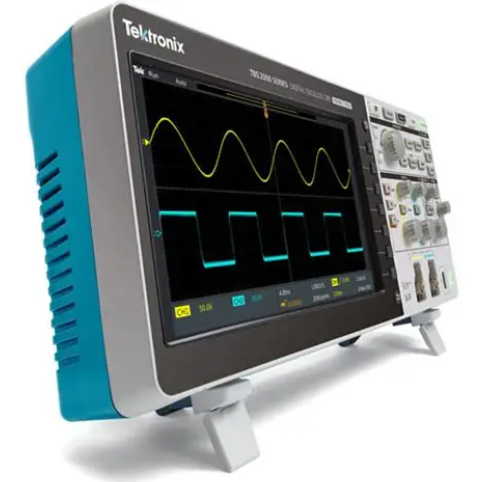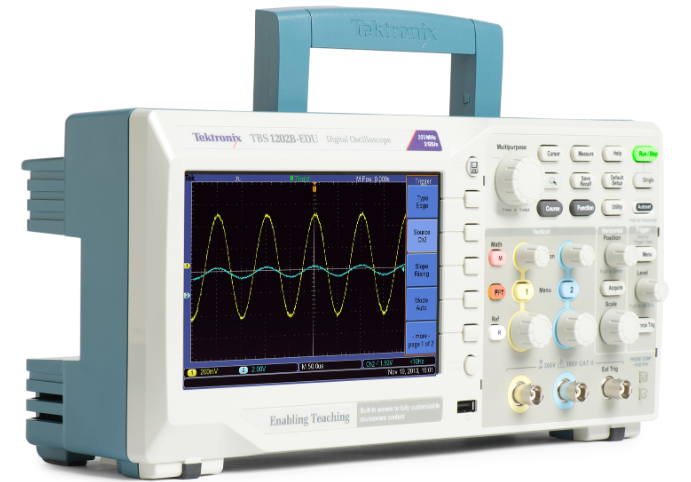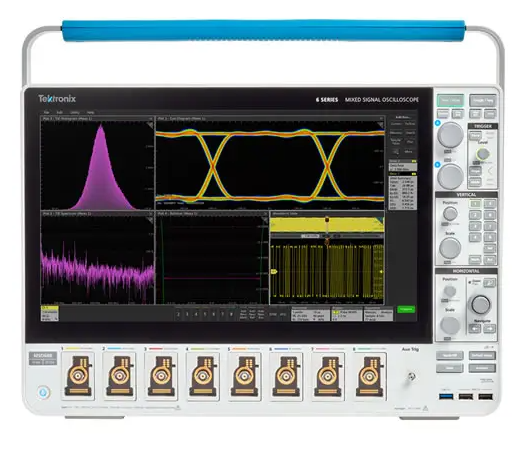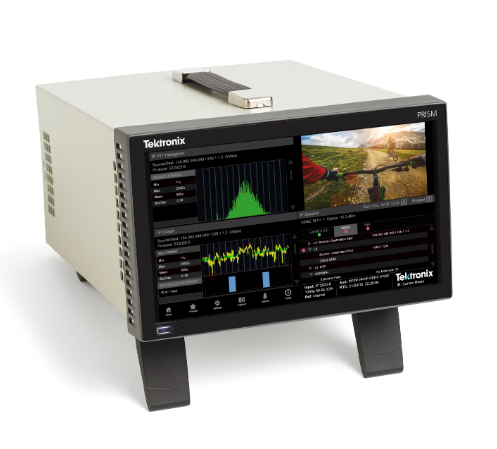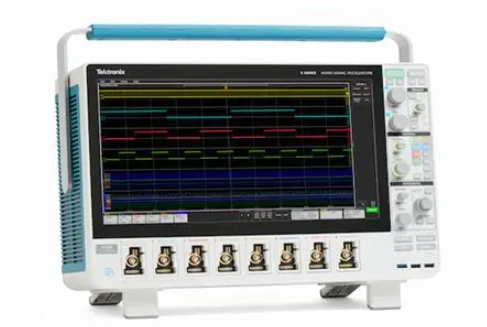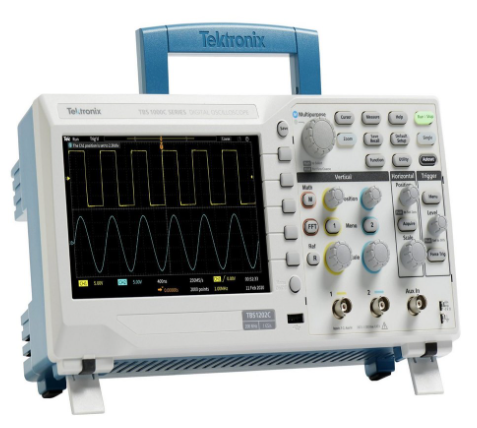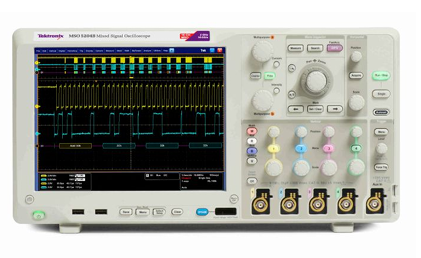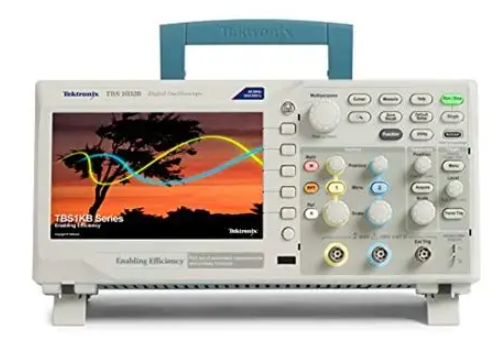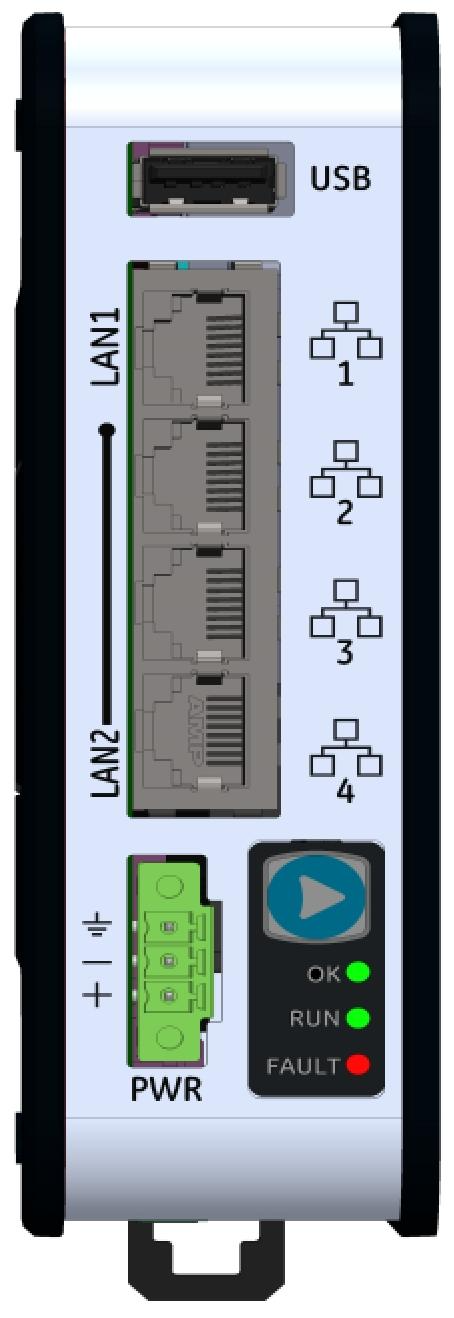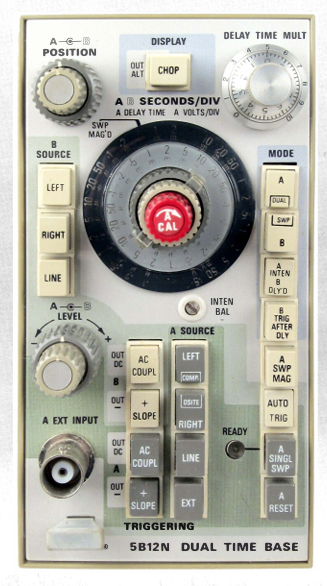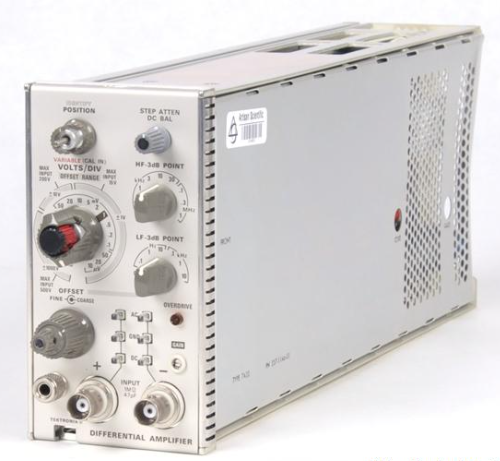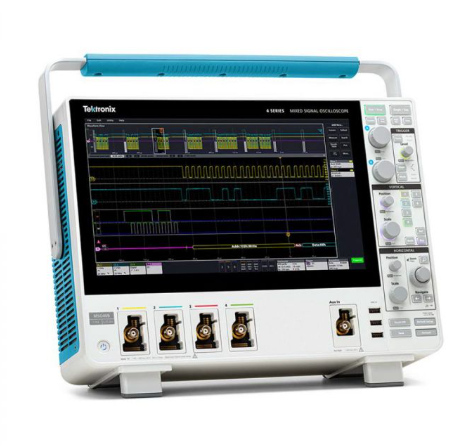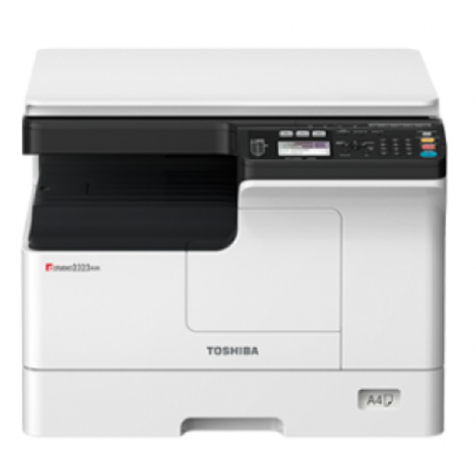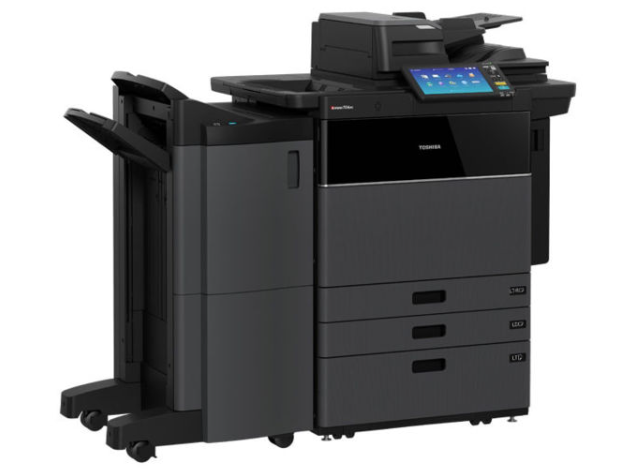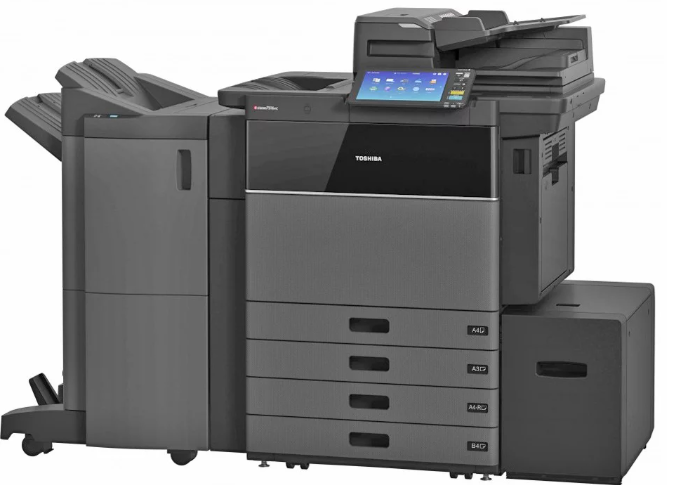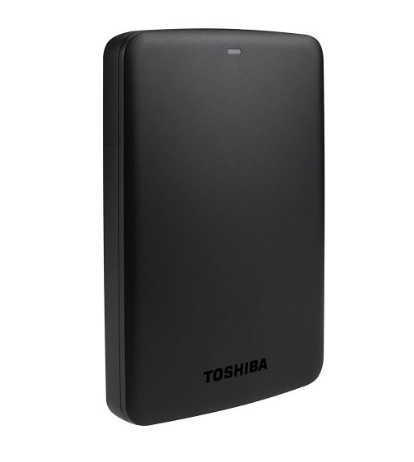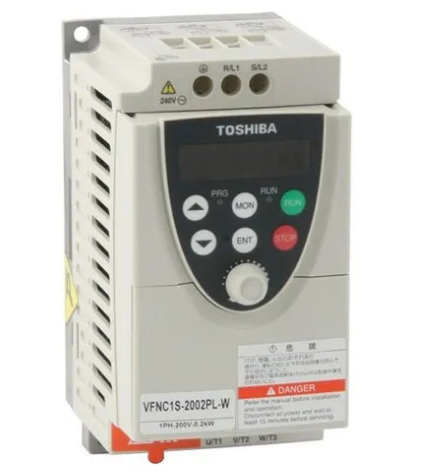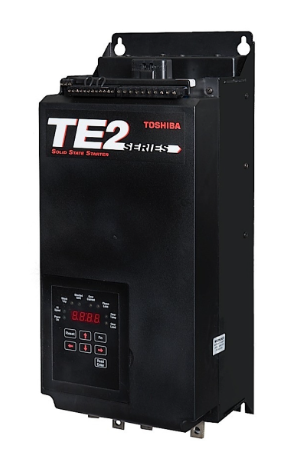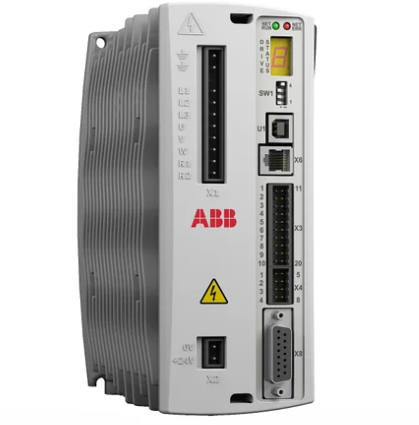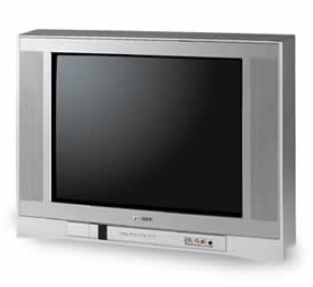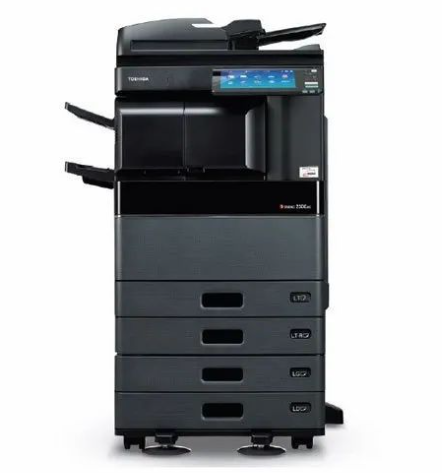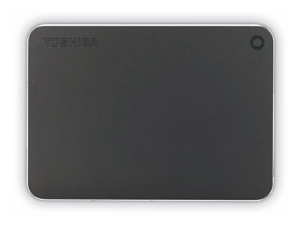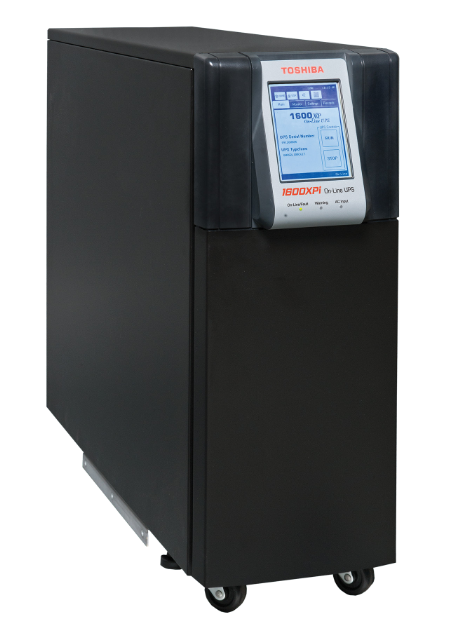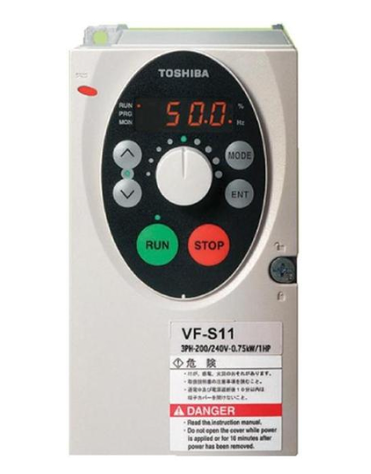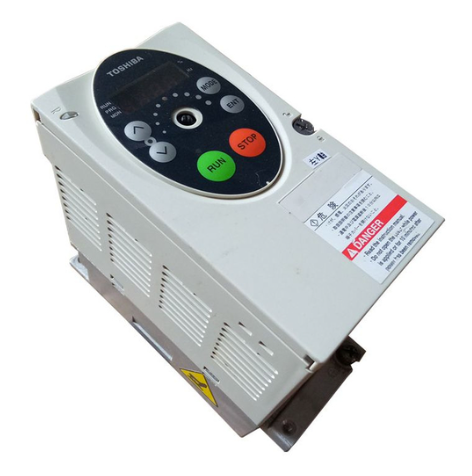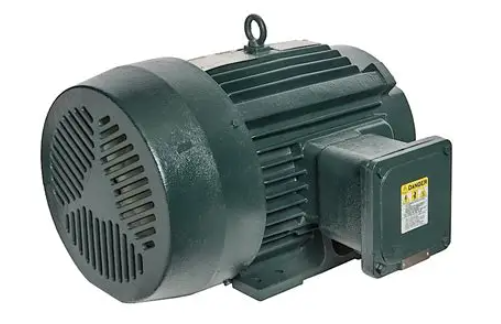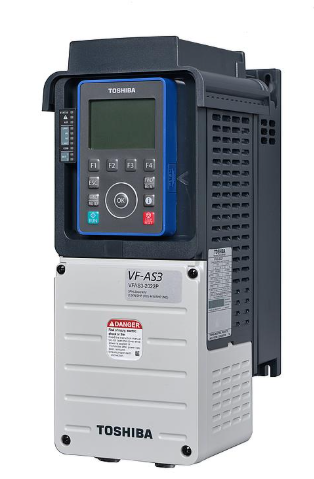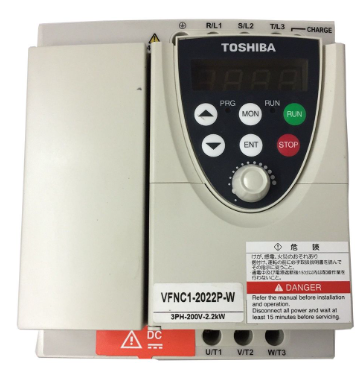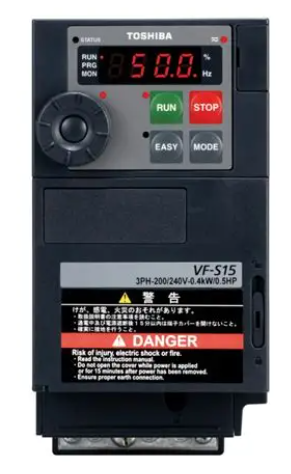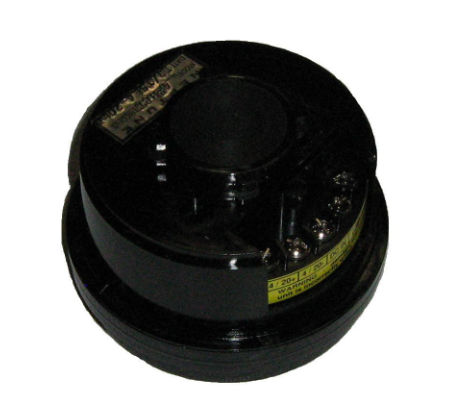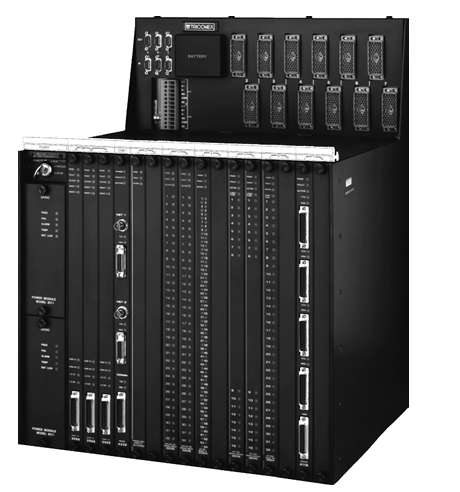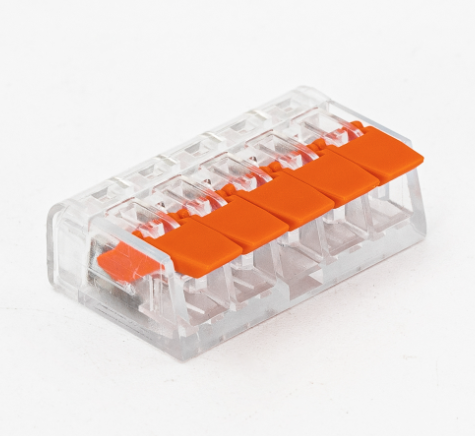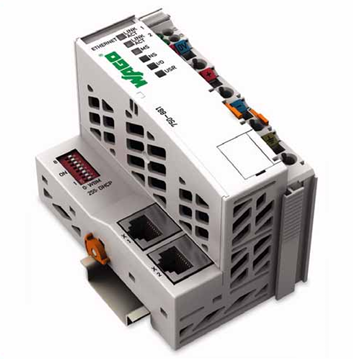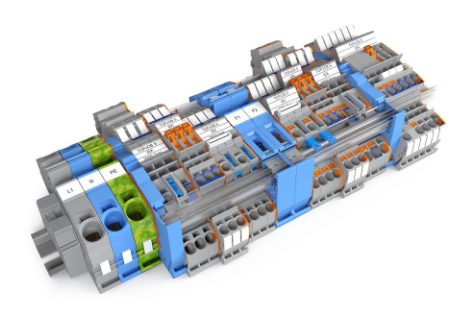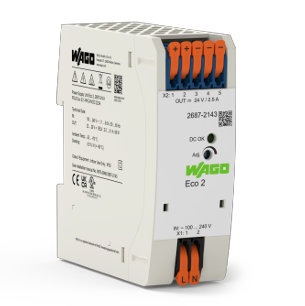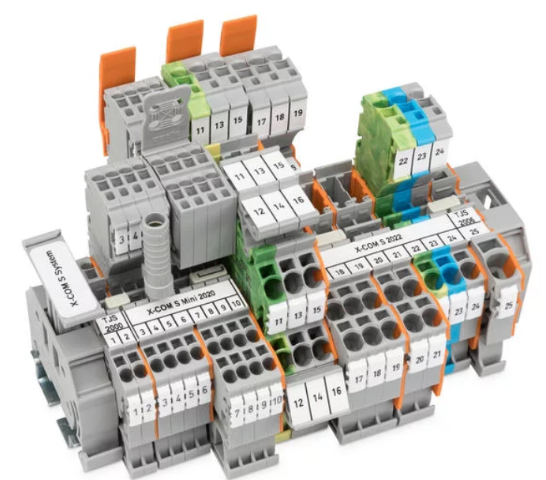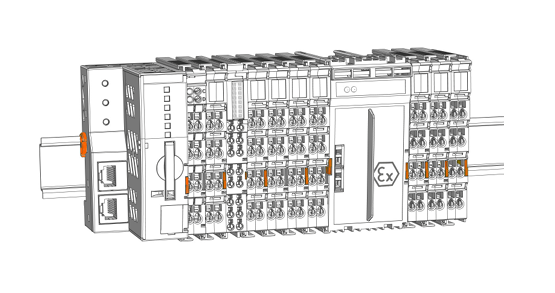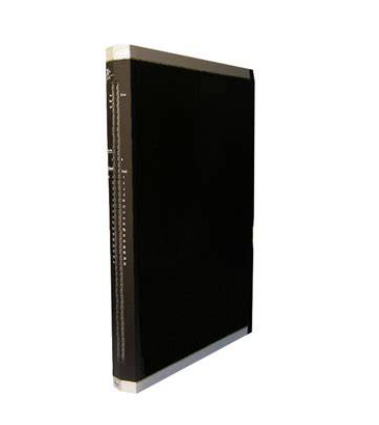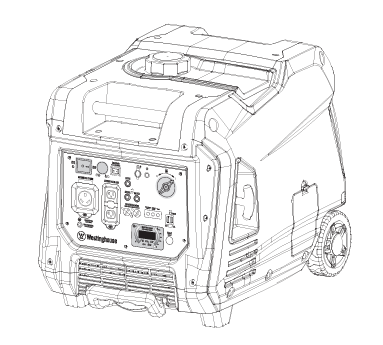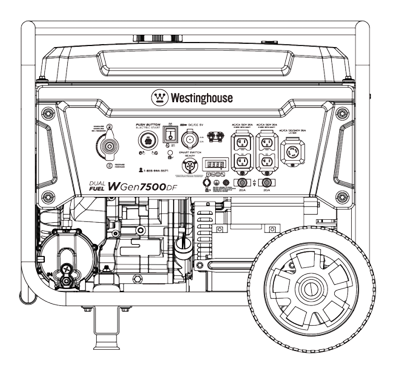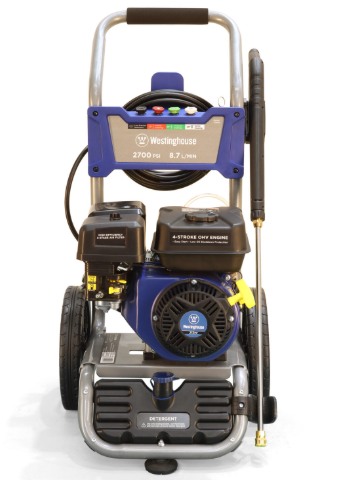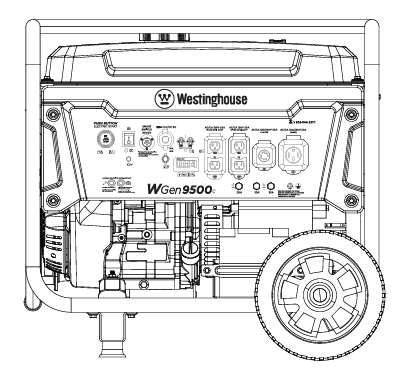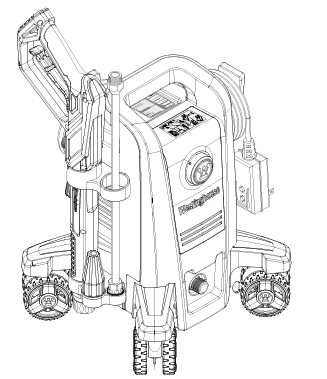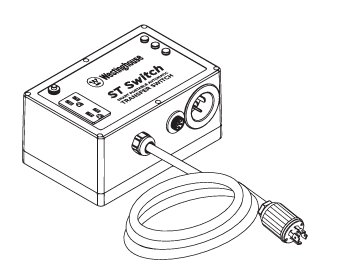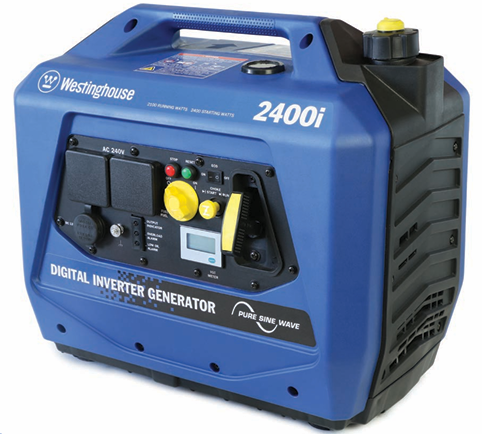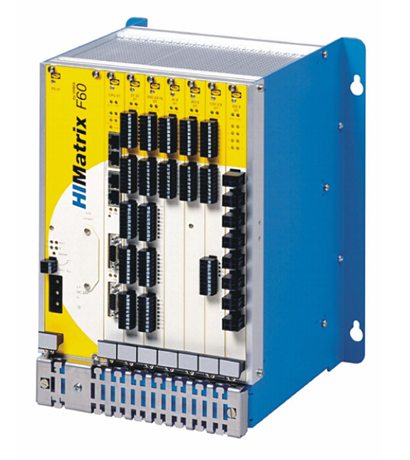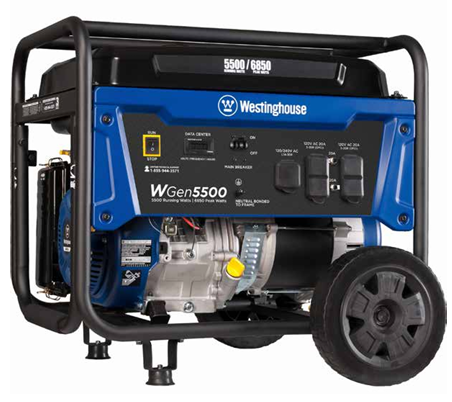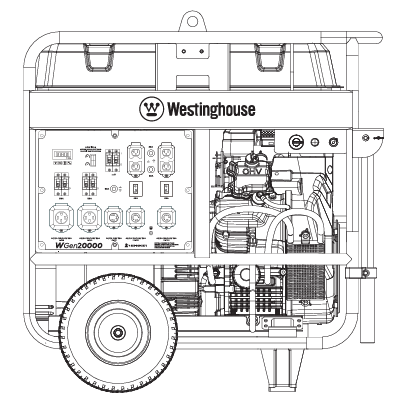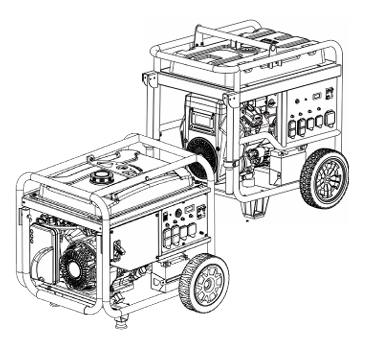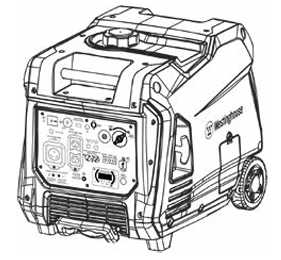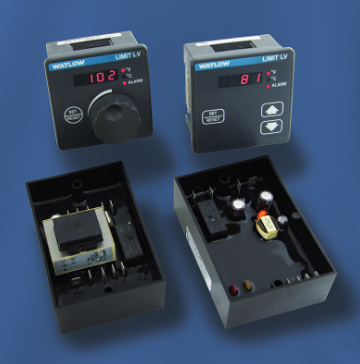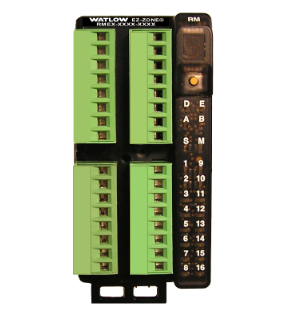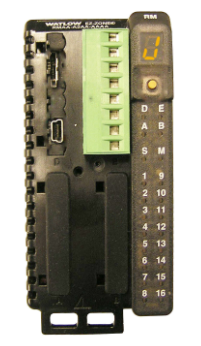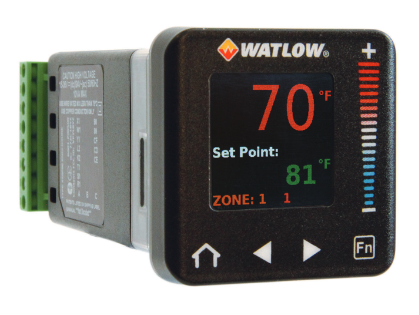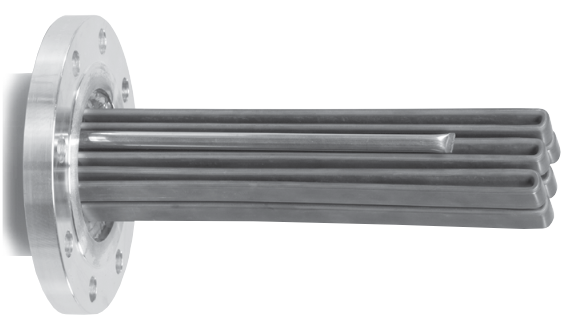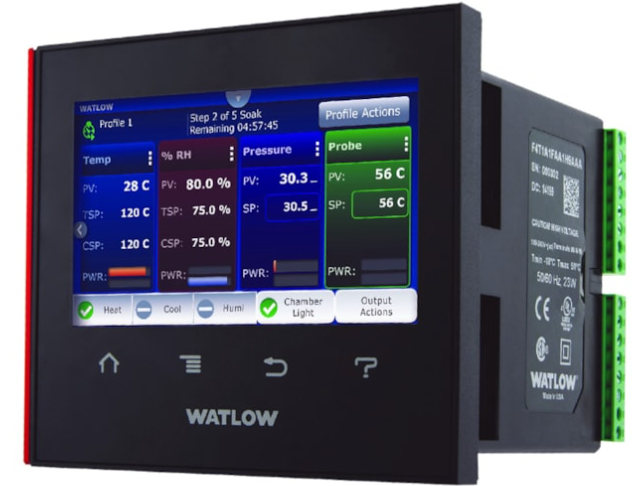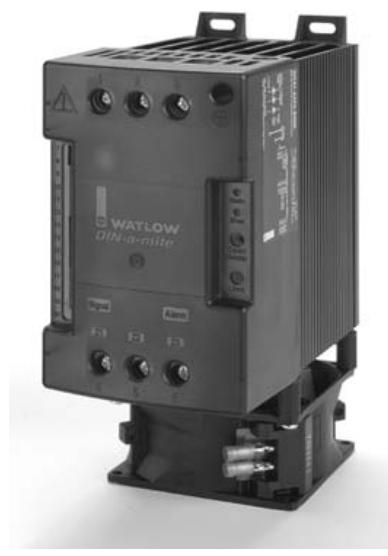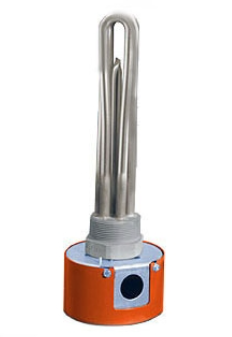

K-WANG


- Telephone:+86-15305925923
- contacts:Mr.Wang
- Email:wang@kongjiangauto.com
ABB H&B Contronic XU 12 Module XU 12 H&B Contronic
Functional characteristics
Powerful signal processing: it can collect and process a variety of industrial signals, such as analogue input signals can receive 0-20mA, 4-20mA current signals or 0-10V, -10V-+10V voltage signals from sensors such as temperature, pressure, flow, etc., and then filter, amplify, linearise and other treatments in order to improve the accuracy and stability of the signals; digital input signals can receive The digital input signal can receive switching signals, such as the start-stop status of equipment, limit switch signals, etc., and carry out logical judgement and processing.
Precise and efficient control capability: According to the preset control logic and algorithm, it outputs precise control signals to control motors, valves, pumps and other actuators in the industrial field, so as to realise precise control of temperature, pressure, flow rate, liquid level and other parameters in the production process, and to ensure the stable and efficient operation of the production process.
Flexible and diversified communication functions: It supports various communication protocols such as Profibus, Modbus, HART, etc. Through standard communication interfaces such as RS485, RS232, Ethernet, etc., it can conveniently communicate and interact with other devices, such as connecting with PLC, human-machine interface, and the upper computer monitoring system, etc., so as to realise the integration and remote monitoring of the system.
Technical Parameters
Power supply requirements: the general operating voltage range between DC20V and DC30V, some special application scenarios may be different models, usually allow voltage fluctuations in the range of ±10% or so, with a certain degree of voltage adaptability to ensure that the complex power supply in the industrial field under the environment of stable work.
Number of Input/Output Points: Usually there are multiple digital input/output points and analogue input/output points, the number of digital input/output points is generally between 8 and 32 points, and the number of analogue input/output points is generally between 4 and 8 roads, which can be selected and configured according to the specific application requirements.
Types of input and output signals: digital input signals are usually DC24V level signals, digital output signals can be relay output, transistor output or thyristor output, etc., which can drive different types of loads; analogue output signals are usually current signals from 0mA to 20mA, from 4mA to 20mA, or voltage signals from 0V to 10V, which can meet the requirements of control signals of different types of actuators. The analogue output signals are generally 0mA to 20mA, 4mA to 20mA current signals or 0V to 10V voltage signals, which can meet the requirements of different types of actuators for control signals.
Application Scenarios
Chemical production process control: in chemical production, it can be used to monitor and control the temperature, pressure, liquid level and other parameters of the reaction kettle, as well as to control the flow of various chemical fluids and the opening of valves to ensure the safety and stability of chemical production.
Power system monitoring and control: in power plants and substations, it can be used to monitor and control the operating status of generating units, voltage and current of the grid and other parameters, as well as to control the operation of circuit breakers, disconnecting switches and other power equipment, to ensure the reliable power supply of the power system.
Automation in metallurgical industry: In the metallurgical production process of iron and steel, non-ferrous metals, etc., it is used to control the temperature of the heating furnace, the speed and pressure of the rolling equipment and other parameters, as well as to monitor and control the flow and composition of the fluids in various metallurgical processes, so as to improve the quality of the metallurgical products and the production efficiency.
Production management in pharmaceutical industry: In the process of pharmaceutical production, it is used to monitor and control the temperature, stirring speed, pH value and other parameters of the reaction tank, as well as to control the operation of various pharmaceutical equipment and material delivery, so as to ensure the quality and safety of pharmaceutical production.
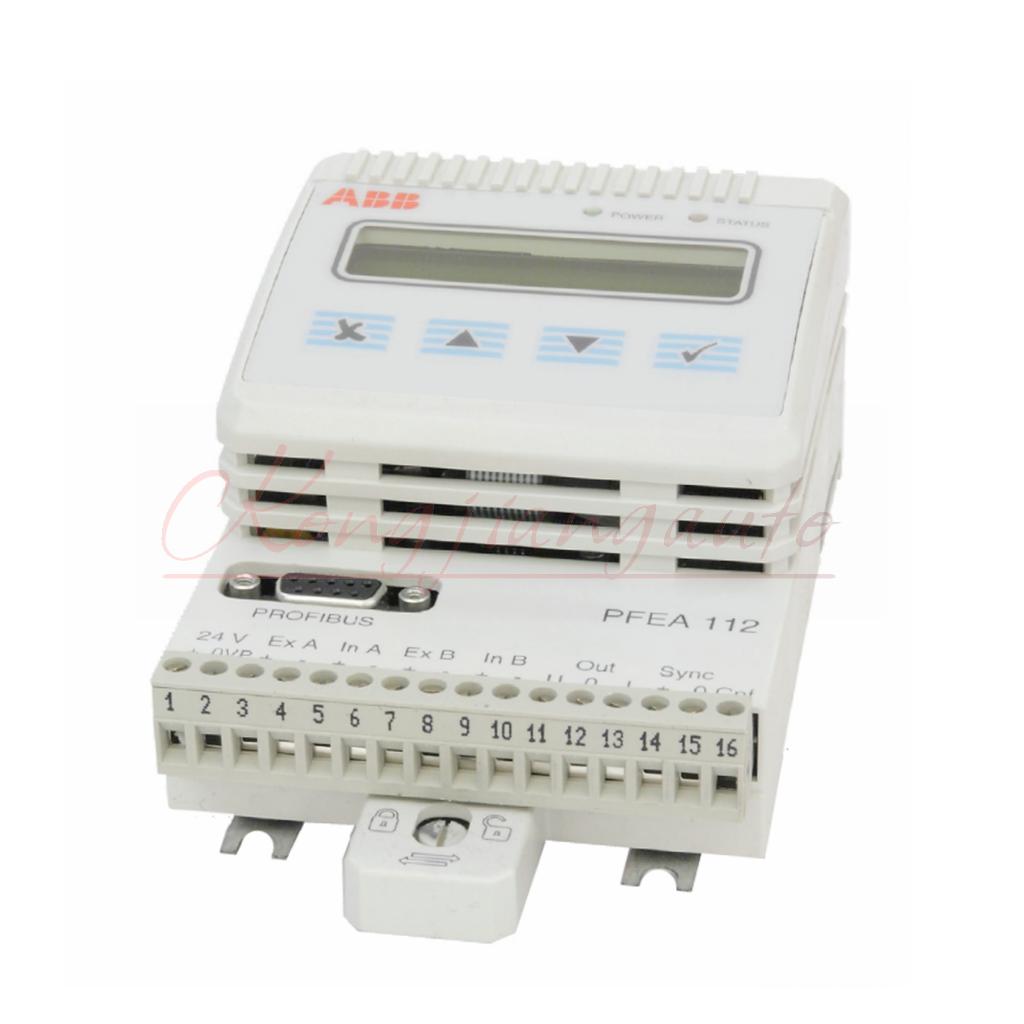
| User name | Member Level | Quantity | Specification | Purchase Date |
|---|






